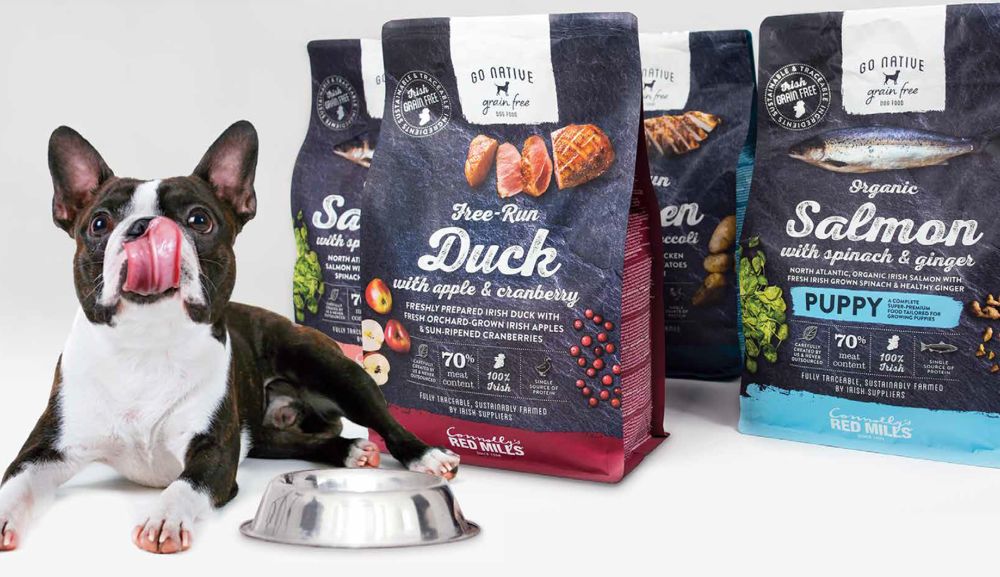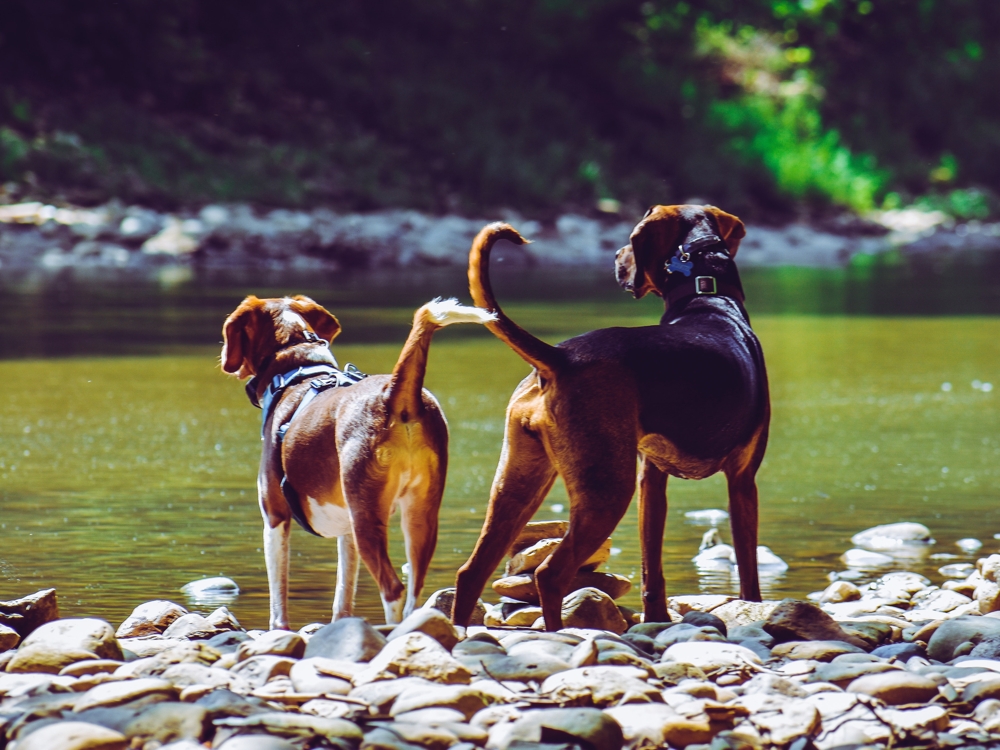Is Grain-Free Dog Food Right for Your Dog?
Share
[Sassy_Social_Share]Why use grain-free dog food? Your dog is a unique individual, and he needs a food that meets his specific needs. Most dogs thrive on a high quality traditional dog food such as Leader that uses wholesome ingredients in a formulation specially catering to a dog’s age and size or breed type. But some dogs have special nutritional needs and require a specialized diet. This is why people use grain-free dog food and hypoallergenic dog foods. The tricky thing is that we don’t know when we get a puppy if he will need a special diet.

We know more about human food intolerance and allergy than we do about dogs with similar issues. Different studies and different experts have put forth various estimates of the percentage of dogs with food allergies and intolerance. Some claim about ten percent of dogs have true food allergies and more have food intolerance. Experts can debate the numbers, but for most of us, only one dog’s diet really matters. Ours. If your dog has trouble processing a certain food, you are probably less worried about the distinctions between an allergy and an intolerance than about caring for your pet. You want to know what that food is and how you can feed your dog a well-rounded, nutritious diet that avoids it.
We don’t really know what causes food allergies or food intolerance in dogs. Research points to a combination of genetic and environmental factors. Some dog breeds have notoriously dodgy tummies, such as German Shepherds, but that is different from an allergy or intolerance. While Irish Setters are known to be prone to gluten sensitivity, in general food allergy or intolerance is not linked to specific breeds. What we do know is that a dog can develop a reaction to a food she’s eaten without problem for years.
Signs and Symptoms of Food Intolerance or Allergy in Dogs
Food intolerance or allergy is difficult to diagnose in both people and pets because the symptoms can vary so much. Here are some of the problems a food allergy or intolerance can cause in dogs.
Chronic or recurrent ear infections. If your dog has one ear infection after another despite your best efforts to keep her ears clean and dry, it could be a reaction to something in her food. Watch for her shaking, pawing or tilting her head. An ear infection will also cause a discharge that is different from her normal ear wax.
Dry, itchy skin. Dogs should not need frequent bathing to keep their skin healthy. If you brush your dog daily and bath her monthly with dog shampoo, but she is plagued with itchy skin, dandruff and/ or hair loss, suspect a food intolerance or allergy. Excessive licking of her feet or bum is another symptom that she has some irritation there.
Gastrointestinal problems. Most dogs will suffer from loose stools, diarrhoea or vomiting occasionally because they’ve eaten garbage or something inappropriate. They can be lightening quick slurping up something on the ground before we even see it was there. But if a dog has a persistent problems with loose stools, diarrhoea, vomiting or severe flatulence, she could be eating a food that disagrees with her.
Your first stop for any of these problems if your vet. But if your vet does not find an obvious cause, it makes sense to suspect food allergy or intolerance. Food intolerance is one answer to the question ‘why use grain-free dog food?’.
How to Know if Your Dog Has a Food Allergy or Intolerance
Some doctors use skin and blood testing to diagnose food allergies in people. But these are not great options for dogs, especially for intolerance. The gold standard method to determine if your dog has a food allergy or intolerance is an elimination diet. This is time-consuming, but well worth it if it gets to the root of why your fur baby is suffering.

First, change your dog to a new food. The change should be done gradually because an abrupt switch can upset your dog’s digestion more and then it will take longer to tell if she tolerates the new food. A good option for this trial is one of the Go Native foods that use a different source of protein than the food you currently use. For example, if you are currently using a food with beef, try the herring with carrot and kale Go Native feed. Why use grain-free dog food? Many brands use maize and other inexpensive grains as filler, and your dog can be reacting to them. Surprisingly, beef is also a common allergen for dogs.
Once you have phased out the old food and are using the new food exclusively, be extremely vigilant about what your dog eats for at least six weeks. This means no treats except those you’ve carefully screened to be sure they are free of the possible allergens. (Go Native treats are a good choice.) You have to keep your dog’s diet completely 100% free of the suspect allergens during the elimination diet period because even a small bite can cause a reaction.
If your dog has improved, add some of the old food back into her diet. It should be clear then if she reacts to it.
Why Use Grain-Free Dog Food?
Food allergy and intolerance is one reason why people use grain-free dog food. Some dogs can tolerate food with maize or other grains for years, and then they develop a reaction to it that forces a change in diet. Alternatively, you can feed grain-free dog food as an occasional alternative to try to prevent an intolerance from developing.
While it is not a good idea to switch your dog’s food quickly or frequently, you can alternate between a high-quality food such as Leader and the grain-free goodness of Go Native provided you do the switch gradually. It will prevent your dog from getting bored with their food, and it will mean that your dog is not eating maize or other grains daily for years on end.






